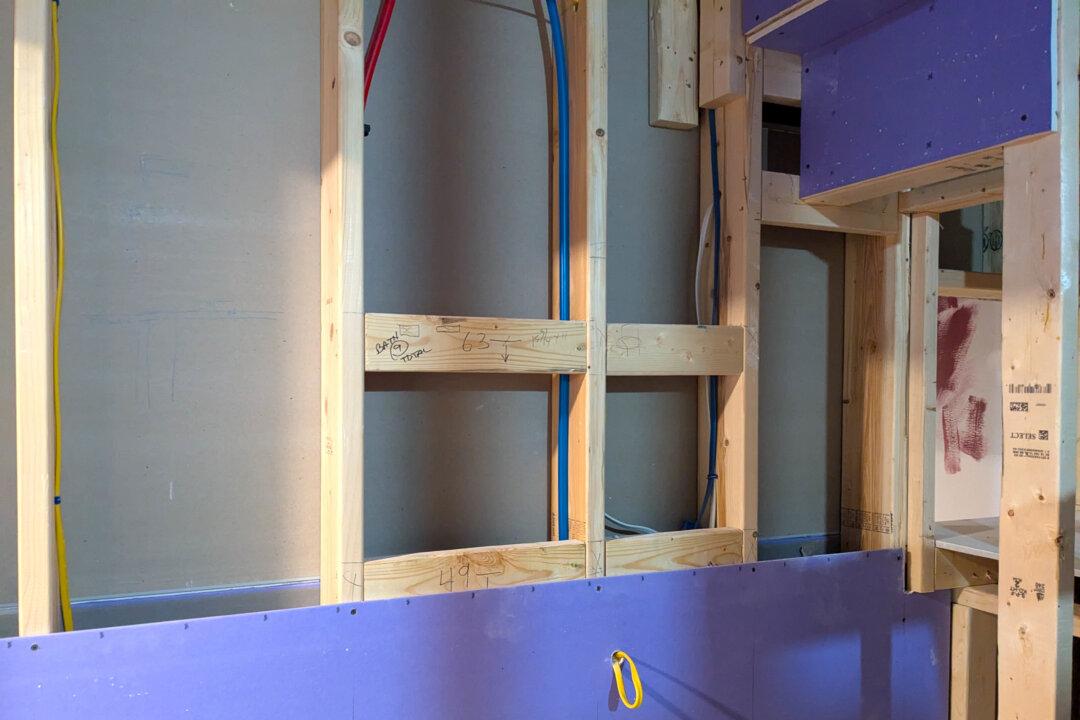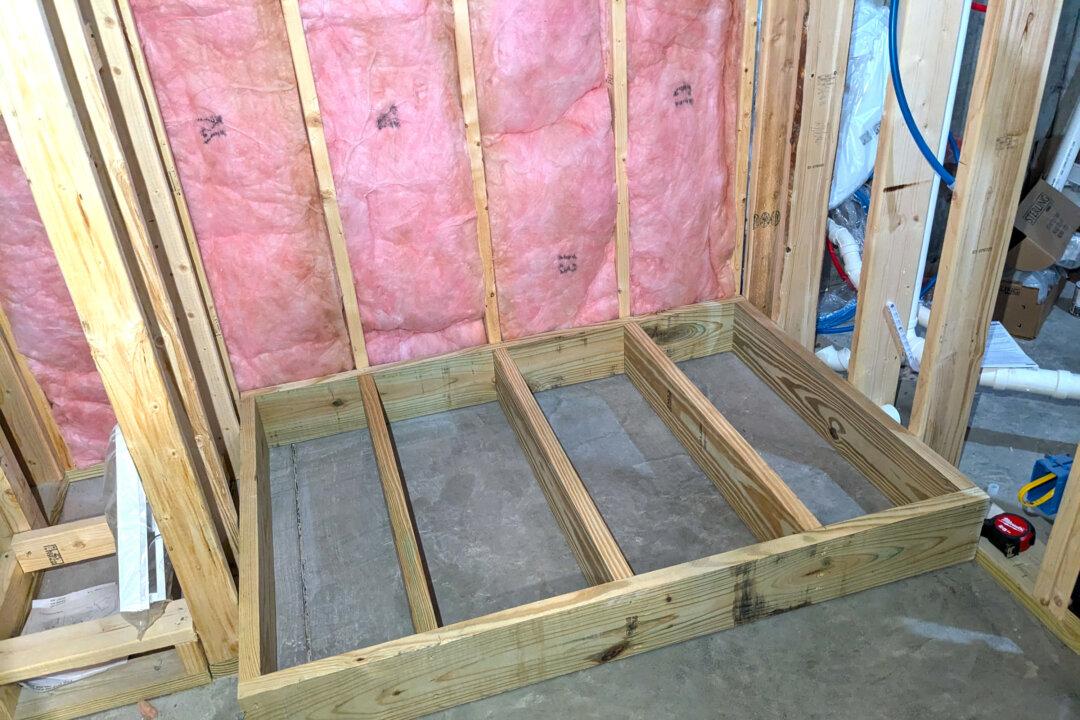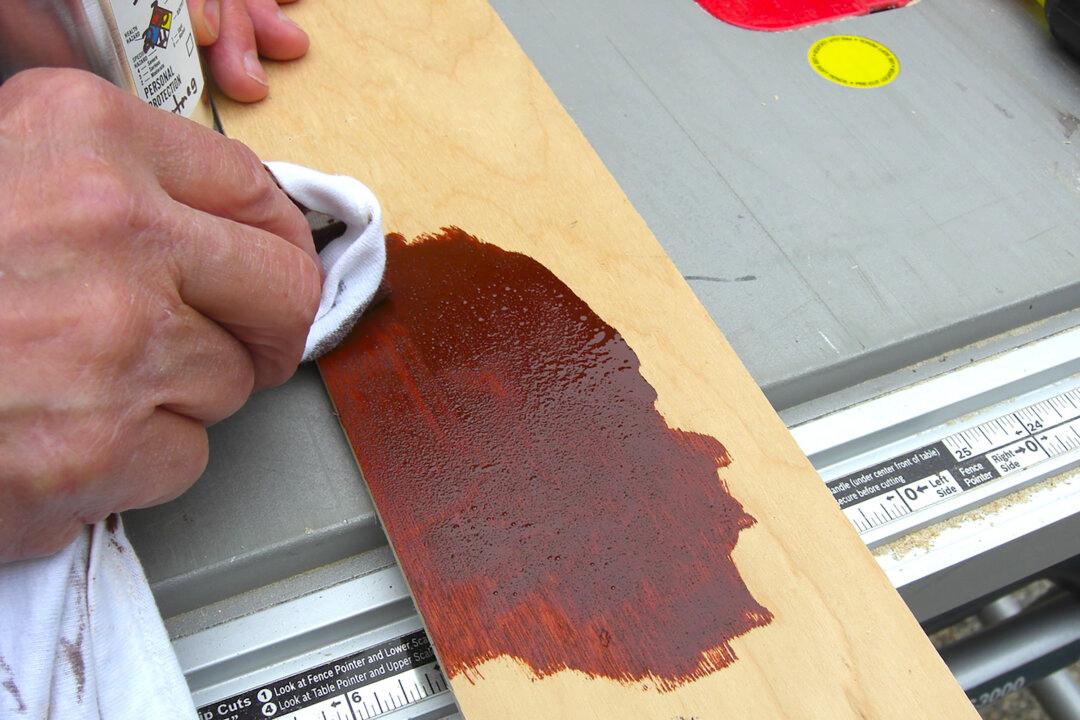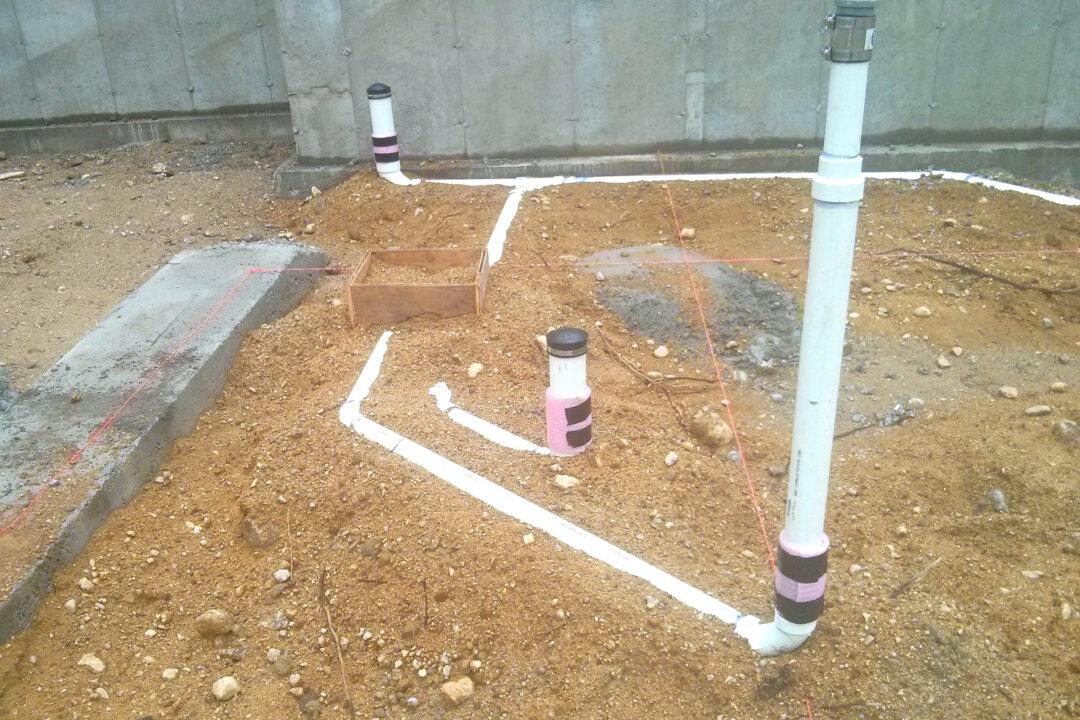Last week, I helped Mary Ann, a 70-year-old newlywed, solve a vexing problem in a home she and her husband bought. In just 15 minutes, using my transcribed phone call service, I saved them perhaps $5,000. I shared a time-tested way they could match the stain on a wood-paneled room.
Their problem was sun damage to the walls of a wood-paneled room. Framed pictures, diplomas and certificates had shielded some areas of the paneling from the sun, which were revealed once the original owner moved out.
Some wood species — cherry, for example — are photo reactive. Some clear wood finishes, especially oil-based ones, also change color in response to sunlight or even artificial light. Sunlight is the most destructive, as some of the invisible ultraviolet (UV) rays contain destructive photons that crash into furniture, carpets, wood paneling, etc., wreaking havoc on a microscopic level.
This is why the original copies of the U.S. Constitution and Declaration of Independence are in a dimly lit hall in the National Archives Building in Washington D.C. No doubt the protective glass that covers them also has some sort of special coating to prevent photons from reaching the ink and paper.
Now, back to the newlyweds’ wood paneling problem. Fortunately, I had firsthand experience making light-colored areas on woodwork disappear. Many years ago, while completing a very difficult remodeling job for my only customer-from-hell, my painters hadn’t perfectly matched the new wood trim in a giant room addition I had built. The trim was missing a slight amount of red pigment, and the owner insisted I strip all the trim and solid-wood doors and start over.
Knowing there had to be another way, I slept on it. In the middle of the night, a voice in a dream said: “Silly, all you have to do is add some red pigment to the clear urethane. It’s no different from putting a transparent piece of colored film in front of a camera lens to change the color of what the eye is seeing.”
I woke up, went to the paint store and had a quart of urethane tinted with a small amount of red pigment. My guardian angel must have been helping the employee while he squirted in the few drops of colored liquid because it turned out to be the perfect amount. What luck to get it right the first time!
When I put a coat of this colored urethane on the woodwork, as well as a scrap we had stained, it was a perfect match.
Here’s what I shared with Mary Ann. Step one is to carefully clean the existing wood paneling. I recommended using a mild liquid dish soap and water. It’s mission-critical that the sponge is just damp and that no water runs down the paneling to get behind any pieces of wood trim. The excess water can cause swelling and irreparable damage to the paneling.
Once the paneling is clean, I then suggested that she very lightly sand the light areas on the paneling with extra- or super-fine sandpaper to just scuff up the existing clear coating. This would allow the new tinted urethane to get a better grip on the surface.
Mary Ann has a huge advantage that I didn’t have all those years ago. She can take a high-resolution photo of the wall with her phone and show it to the paint store manager. I told her to only deal with the manager, as she/he would have the best chance of getting a match the first time.
Since Mary Ann doesn’t have a scrap of trim like I had to experiment with, I told her that she should just put a single drop of the tinted urethane on the wall. See how close the color is. If it’s way off, take a photo to show the paint store employee so the next matching attempt will hopefully get it right. Once the photo is taken, then wipe off the tinted urethane.
In the event the paint store is unable to get a perfect match, I told Mary Ann she could solve the problem by bringing in a pro. She lives in a suburb of Tulsa, Oklahoma, fortunately. This means there’s at least one high-end furniture store that sells the finest furniture one can buy.
These stores employ expert wood-repair craftsmen. If not employees, these talented people are individual jobbers. They routinely repair scratched, gouged or damaged furniture. I’ve had to use these talented people to make repairs on custom wood built-in cabinets in the past. They possess powerful skills as well as a magic toolkit that allows them to fill in scratches and match stain colors and wood grain to restore finishes to like-new condition.
It would be child’s play for an expert like this to match the lighter areas on the wall paneling. Once again, you find these people when you visit the furniture store and chat up the manager or owner. Bring photos that show what needs to be fixed.
I’d also like to see your before and after photos. Be sure to send them to me via the “Ask Tim” page at AsktheBuilder.com!
Subscribe to Tim’s FREE newsletter at AsktheBuilder.com. Tim now does livestreaming video M-F at 4 PM Eastern Time at youtube.com/askthebuilder.
©2022 Tim Carter. Distributed by Tribune Content Agency, LLC.





